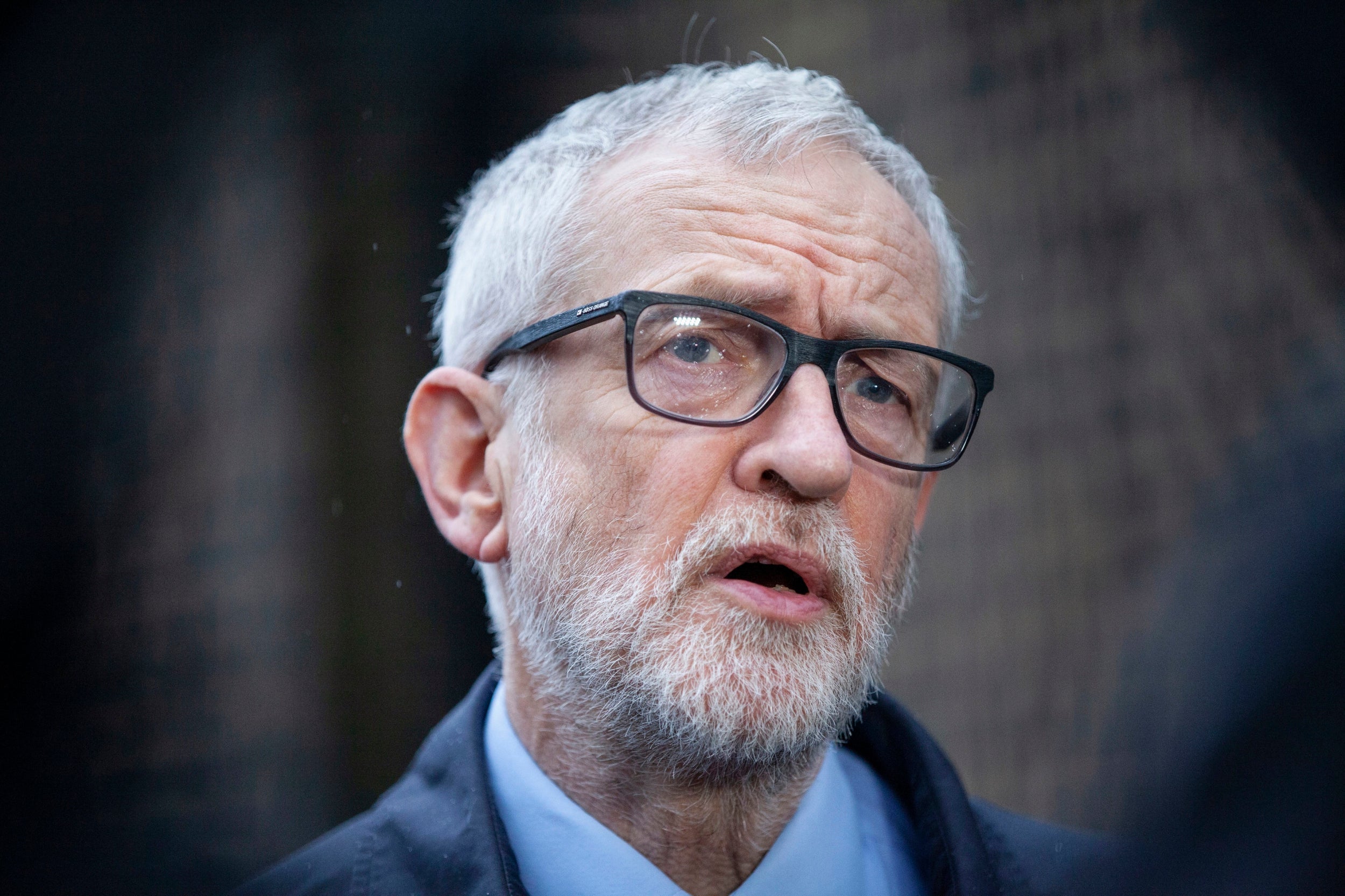Politics Explained: How did Labour come to renounce Jeremy Corbyn so quickly?
The former leader’s supporters seemed to have firm control of the institutions of the party, with the support of the mass membership, but it has evaporated fast

All leaders look permanent until, suddenly, they are gone. But the revolution that Jeremy Corbyn wrought in the Labour Party seemed set to last longer than he did. He had amassed half a million members, and his supporters had taken control of the party’s annual conference, its ultimate sovereign authority, and its national executive, its day-to-day ruling body.
Yet the Corbynites have gone too. The party has changed completely. Despite promising to keep all of Corbyn’s policies, Keir Starmer has repudiated one of the defining qualities of Corbyn’s politics, its attempt to “yes but” its opposition to antisemitism, and he has asserted total control of the party.
Starmer now has a majority on the national executive, has appointed his own general secretary, and we will not find out how much the party’s annual conference has changed, because it has been cancelled this year and replaced by an online event called “Connected”.
But we will find out next month how different the mood is among party members, because there are elections for places on the national executive representing local parties. The rules have been changed this year to proportional representation, so each faction running a slate of candidates will gain places according to their share of the vote, instead of the previous “winner takes all” system. The biggest factions are likely to be Labour to Win, a pro-Starmer combination of Labour First and Progress; Open Labour, billed as “soft left”; and the Centre-Left Grassroots Alliance, including Momentum, the Corbyn supporters’ group.
Whatever happens, the grip of Momentum has been broken. They are reduced to hoping their candidate will win the leadership of Unison, the public sector union; that they will retain control of Unite after Len McCluskey retires; and that they can organise enough local parties to win some votes at Labour’s annual conference next year.
Meanwhile the Corbyn claque itself – Corbyn, John McDonnell, Seumas Milne and the rest – is brought even lower: complaining about the sacking of Rebecca Long-Bailey; protesting at the settling of the libel action brought against the party by former staff; and repeating the libel that they would have won in 2017 (not 2019, obviously) if it hadn’t been for Blairite “sabotage”.
None of this is touching chords with Labour’s mass membership – which grew again to 580,000, breaking Corbyn’s records, after the last election as people flocked, or flocked back, to vote for Starmer as leader.
The biggest single cause of the change in the party’s character is probably that heavy election defeat. Labour has been here before. Tony Benn’s supporters had taken control of the national executive and fought the 1983 election on what they regarded as a “socialist” programme. After that catastrophic defeat, which reduced the party to just 209 seats, a lot of people who agreed with Benn’s policies decided that they had to “compromise with the electorate” if they were ever to see any of them enacted in government.
In December, Labour was reduced to 202 seats and I suspect that a lot of party members have come to a similar conclusion.
Join our commenting forum
Join thought-provoking conversations, follow other Independent readers and see their replies
Comments